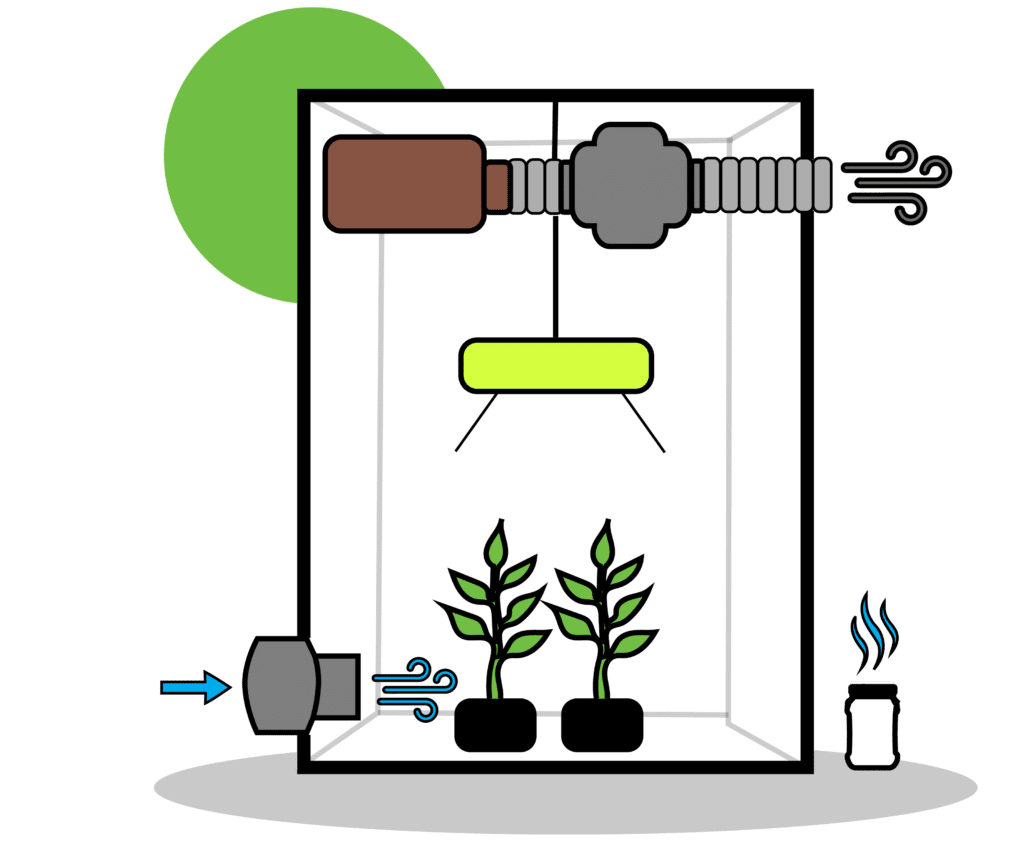Once you’ve established an indoor space for your garden, the next step is to design the perfect ventilation and air movement system for your environment. While there is no “right” way to install a ventilation system, as some features, equipment and styles of construction may differ from garden to garden, the basics of installation are the same; so, continuing with the goal of establishing the perfect growing environment, some of the tips discussed throughout this article will attempt to start you on the path to creating the ideal ventilation and air movement system in your garden. Furthermore, the ideas below, if anything, may save you some headache in the process of construction.
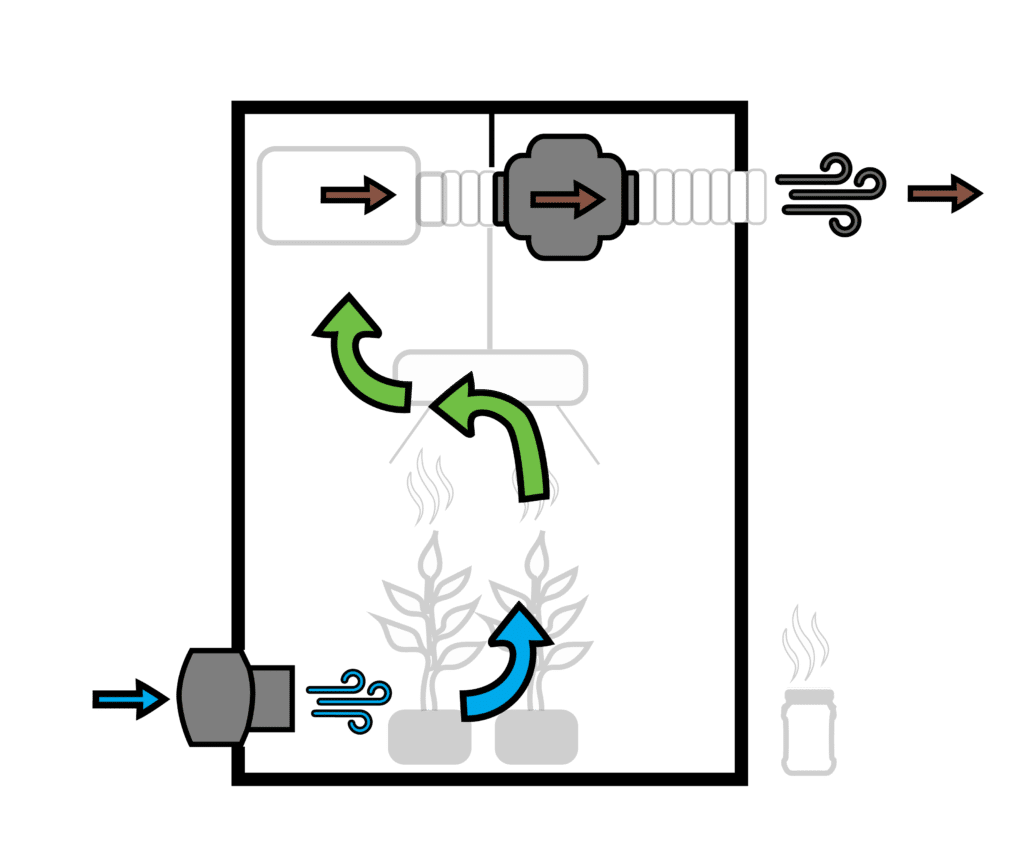
Ventilation: Intake And Exhaust
There are typically three reasons to exhaust or intake fresh air into the garden. The first, and arguably the most important, is to manage the heat-load produced by lighting. The second being the movement of fresh air and Co2 in and out of the garden; the third, but not least important, is to manage the odour produced by flowering plants. Need ideas on how to maximize the efficiency of your ventilation system? Consult the passages below for calculations, considerations, and equipment needed to create the ideal ventilation system.
Managing Heat
With major advances in high wattage, horticultural-grade LED technology, the need to rapidly cool the garden is slowly diminishing. However, in a garden that utilizes HPS lamps, for instance, these high-intensity discharge bulbs (HID) use a tremendous amount of energy, and in turn, produce high levels of heat, especially at scale. For example, if a grower has four 1000 watt HPS lamps in the garden, each producing up to 3,400 British thermal units (BTUs), the heat-load of the garden would be immense, and would nearly be as hot as leaving the oven door open while cooking a turkey. To maintain the ideal 80-85 degrees Fahrenheit that plants require for lights on temperatures, the garden would either need to be cooled externally by an air conditioner/chiller or internally by an intake/outtake ventilation system.
To manage the heat load in a garden (without the use of an air conditioner), we highly recommend the use of two ventilation solutions: HyperFan and/or Tornado Inline fans. These inline fans are a great way to efficiently maintain optimal temperatures, and unlike squirrel cage fans, which are oversized, loud and expensive, inline fans are a hyper-efficient and affordable option for the intake and exhaust needs of a garden. For optimal use, install your inline fan close to the ceiling in your garden, and attach the power cord to a digital or analog thermostat. This tool will regulate the function of the fan, and turn it on/off automatically as the temperatures of the garden fluctuate. For remote environmental control, check out GreenPlanet Wholesale’s entire line of TrolMaster products, and regulate your environment from a distance!
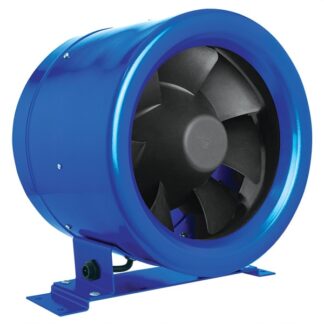
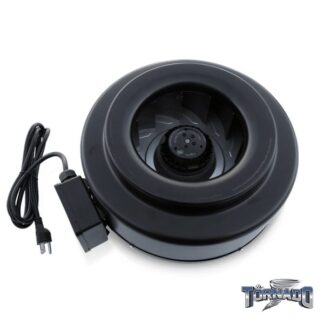
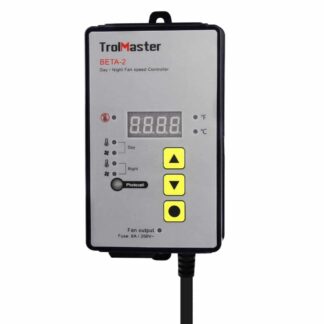
Air Exchange
Another factor to consider when setting up your ventilation system is the need to adequately exhaust and intake fresh air and Co2. One of the most important factors in producing a maximum yield is the enrichment of carbon dioxide; however, if a room is not “sealed” and the gardener is not enriching the grow room with pure forms of Co2, adequate levels of carbon dioxide must be maintained through sufficient intake and exhaust systems.
The same considerations for ventilation equipment referenced above will be suitable for remedying this growth-enhancing factor. Although, the tools for calculating just how much ventilation is needed, are slightly different. Unlike a ventilation system that attempts to cool the garden, an exhaust system that manages air exchange must be calculated to the volume of the room. So, if you’re curious about the size of the fan needed to exchange fresh air and Co2 in your garden, we must first calculate the volume of the space, and match this calculation with an inline fan that is capable of clearing the space every one to two minutes. To calculate the volume of a space, use the formula below:
Volume Calculation: L x W x H = Grow Space Volume
Let’s do an example: If we have grow room 8 feet long by 12 feet wide and 10 feet tall, based on the formula above, the volume of the room would be 960 cubic feet. To ensure proper air exchange, we would need to match this growing space with an adequate exhaust fan, one which ideally would push 960 cubic feet per minute. Fortunately for us, GreenPlanet Wholesale has a wide selection of inline fans suited just for this purpose. For instance, a 12” Tornado Inline fan with a CFM capacity of 1060, would be nothing short of excellent for this job.
Volume Calculation: 8 x 12 x 10 = 960 Cubic Feet (Grow Space Volume)
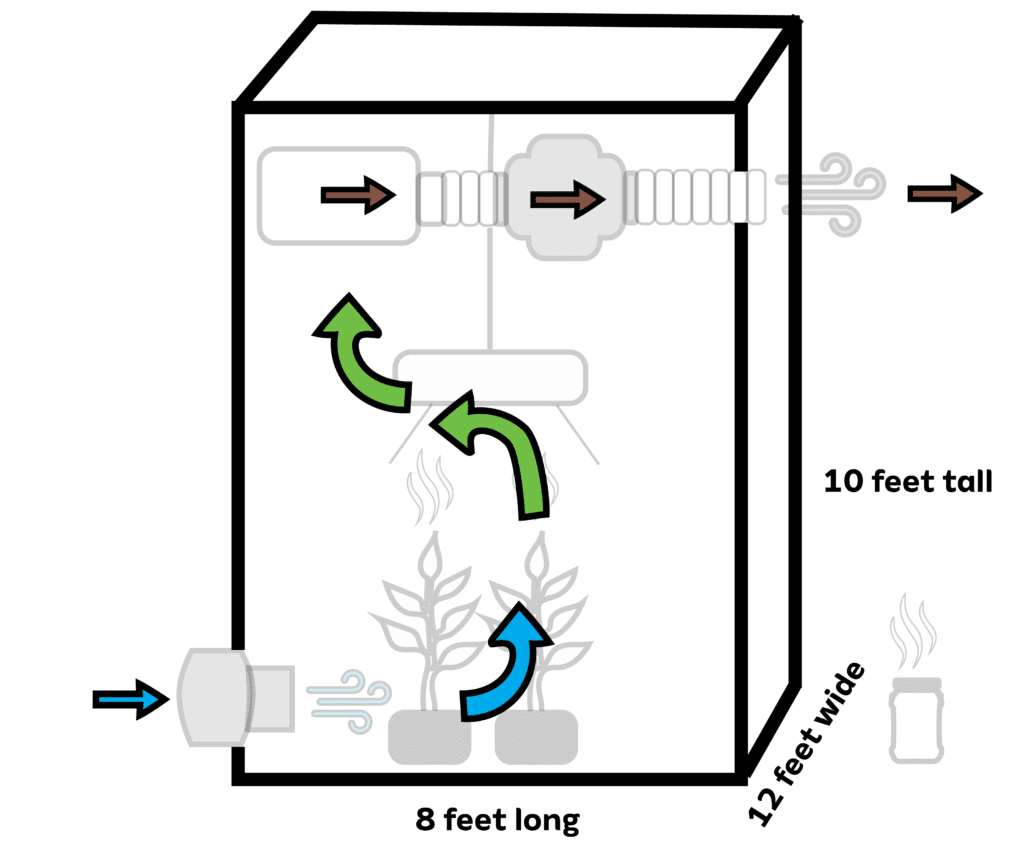

Odour Control
The final factor to consider when creating the perfect ventilation system for your garden is how effective your equipment is against fighting odour. One of the most troubling, and in some cases offensive things your garden can produce is a powerful smell. While this may be a sign of a successful crop, the odour can be off-putting to people not used to the pungent, robust odours produced by a healthy garden. To combat this concern, there are several tools available at GreenPlanet Wholesale to control odour in the garden, including charcoal filtration, the utilization of “negative pressure” and the introduction of products that neutralize odour at the site.
Charcoal Filters
Among the other tools listed above, charcoal filtration is perhaps the most effective in neutralizing odour in the garden. Not only are these filters effective, but they are perhaps the easiest tool to use for odour control. For instance, if you’re using an inline fan to manage the heat and air exchange in the garden, a charcoal filter can be installed directly on the flange of the inline filter; by the processes of “negative-pressure”, the hot, odour-filled air will rise toward the ventilation system and pass through the charcoal filter before exiting the grow room; thus neutralizing any odour created by the garden.
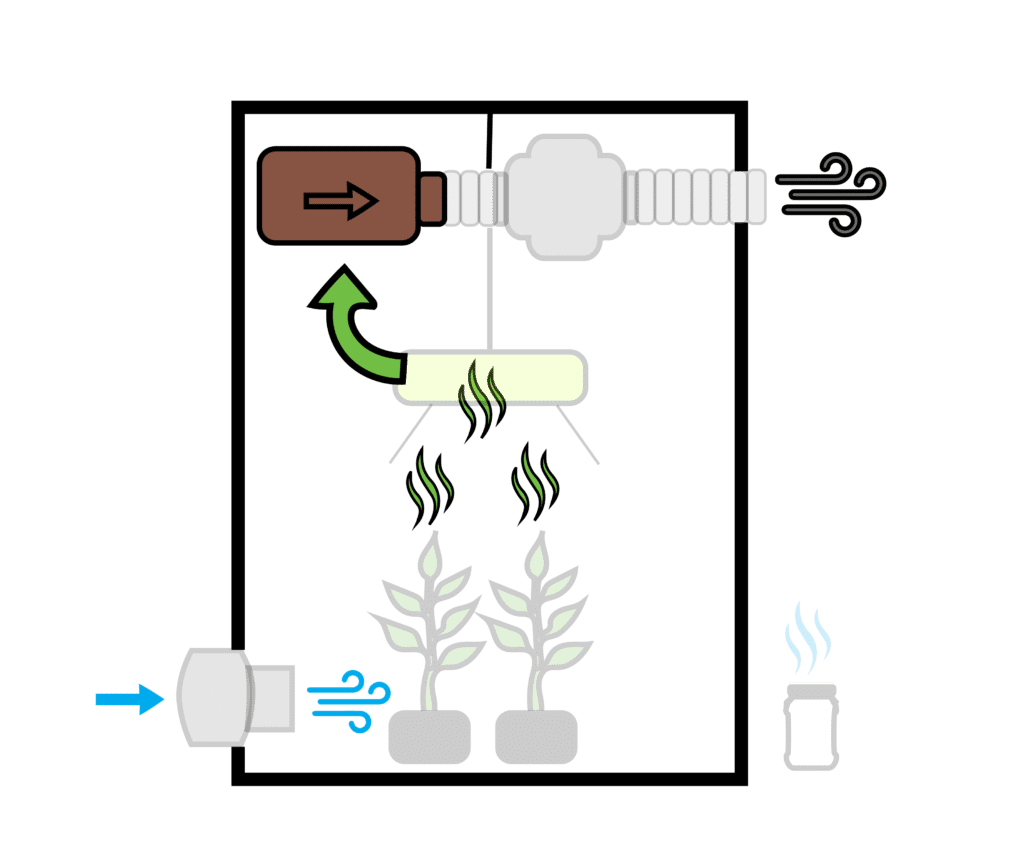
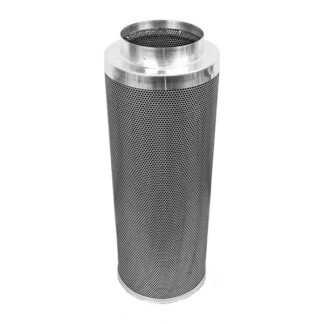
Negative Pressure Rooms
Not only will negative pressure force air to pass through the charcoal filter faster and with reduced resistance, but this technique will also trap odour inside the grow room, and stop smells from leaking into your home through holes, cracks or intake ventilation systems. To maintain negative pressure, make sure you’ve formulated the volume of your grow room and have matched this calculation to an adequate exhaust fan. Furthermore, if you use an intake fan to supply your garden with cool air and Co2, be sure this fan is only a fraction of the strength of your exhaust system. Keep in mind that the goal of creating negative pressure is to force odour-filled air through your charcoal filter as it leaves the garden; this goal will be harder to fulfil if your intake and exhaust system are fighting each other’s function in the grow room.
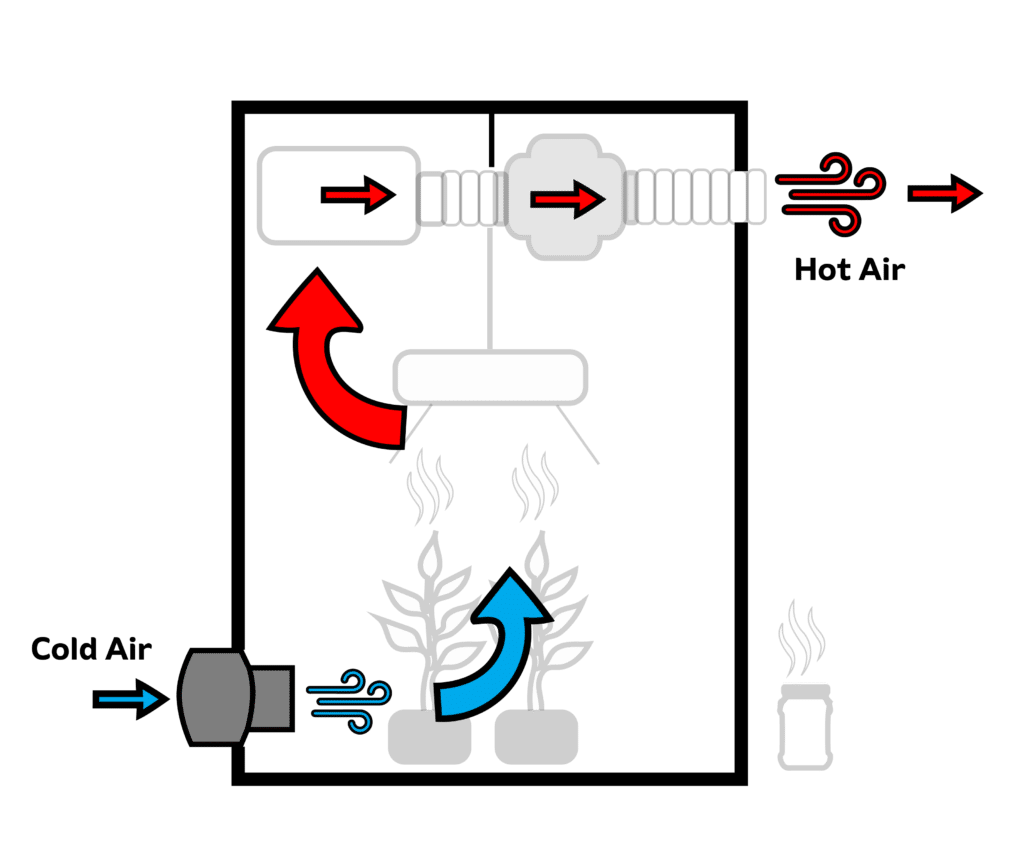
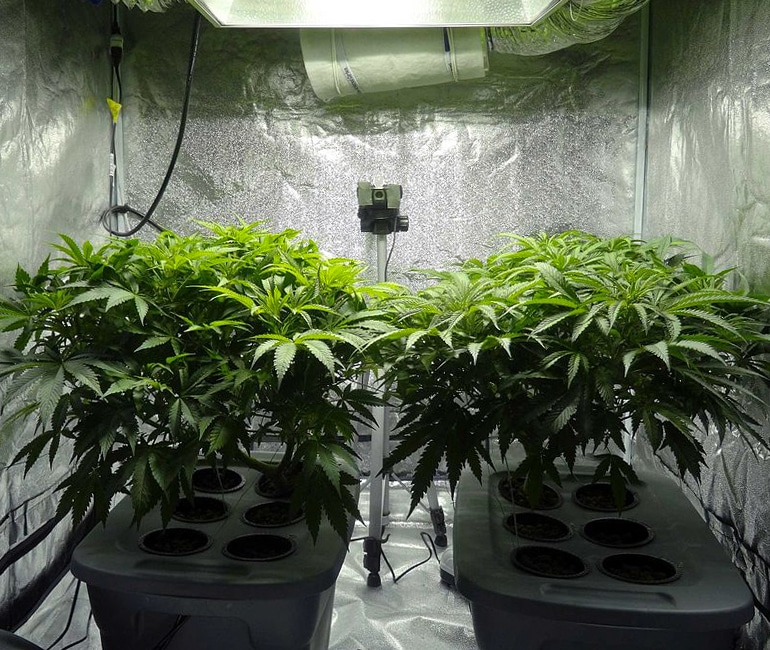
Neutralize Odor at the Site
When all else fails, sometimes the introduction of a new smell is a grower’s only option. For all of us who have tried every trick in the book, there is but one saving grace – ONA. ONA neutralizes odours naturally at the site and leaves spaces outside the grow room smelling fresh and clean. To avoid ONA neutralizing valuable terpenes inside the garden, place a bucket or jar of ONA directly outside the grow room to catch any unwanted odours. To speed up the process, attach ONA specific “Breeze Fans” to containers and distribute ONA evenly across open spaces. Want to give ONA a try? Browse a selection of ONA products carried by GreenPlanet Wholesale by clicking here.
Whatever your plans are for creating the perfect indoor garden, the team at GreenPlanet Wholesale is here to help! For more information about the products mentioned above, please contact GreenPlanet Wholesale directly. For all other inquiries about products and services offered by GreenPlanet Wholesale, contact our team or your local garden supply store for more information.

 Ona Gel – Apple Crumble
Ona Gel – Apple Crumble
Work cited
- Plantlady223. (2016). Two hydroponic cannabis plants. Wikipedia.org. Retrieved January 18th, 2020 from Wikimedia.org






